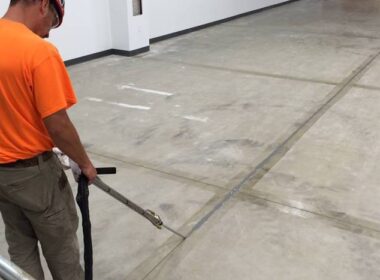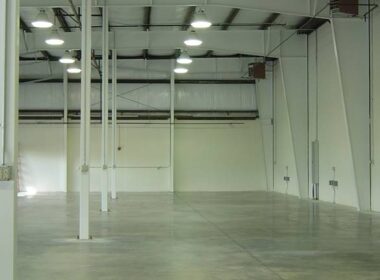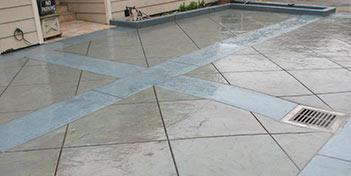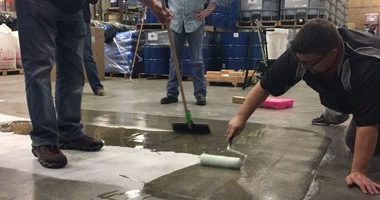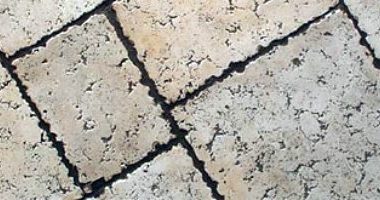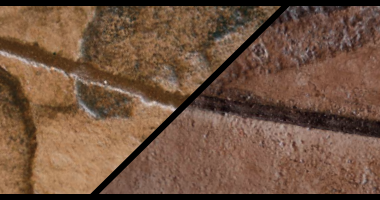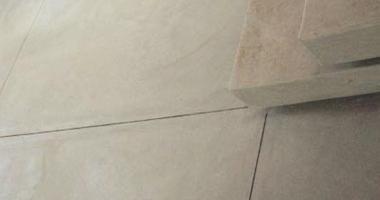When properly installed, concrete is one of the most durable and long-lasting products construction pros can use. When used as finished flooring, concrete should have control joints saw cut into its surface shortly after placement. Control joints can be thought of as deliberate cracks cut into concrete floors. They allow […]
Tag: Control Joints
Epoxy vs. Polyurea Joint Fillers:
Eliminate Confusion:
How to Tell Joints Apart
How come there are so many different types of joints in a concrete slab? First let’s establish what the purpose of a “joint” is in concrete construction. They: Allow a concrete piece to move separately from other pieces or parts of the building. Let concrete shrink as it dries relieving […]
Explore the Many Uses of Polyurea for Concrete Polishing Projects
As polished concrete has increased in popularity, there has been a tremendous number of innovative products brought to the market to help meet customer expectations. One very important product is polyurea. It’s a two-part liquid-applied product that sets up quickly, gets hard enough to polish. This product comes in a […]
For Best Results, Plan Ahead for Concrete Joint Placement
Joints — both construction and control — are parts of almost every concrete project. Whether the job is a stained patio or a stamped sidewalk, good planning and a little extra care can help create a finished surface that’s both attractive and properly jointed.
Well-placed Joints in Concrete Help Channel Cracking
When it comes to concrete — as with so many other things in life — people tend to judge a book by its cover. There’s nothing like a giant crack or a crumbling corner in a recent concrete placement to make an unhappy customer.
Durable Concrete Control Joints Fill The Need For Fast Turnaround
With quick return to service, ability to withstand years of foot, cart or forklift traffic, polyurea meets the requirements of many industries. From warehouses and retail showcases to grocery stores and more, polyurea is outperforming traditional epoxy, silicone, and polyurethane materials to fill and seal concrete slab control joints.
Filling Control Joints in Decorative Concrete
Control joints are cuts placed into the concrete at the time of pouring, or shortly after, to control random cracking in concrete. This works by creating a weakened area in the slab — concrete cracks follow the path of least resistance.
Recipes: Stamping & Texturing Concrete
Three unique looks achieved by seasoned veterans with stamping and texturing tools – an authentic travertine tile look, a cobblestone finish and a patio with hand-tooled brick.
Filling the Joint
Not long ago my wife and I were having dinner at a well-known chain restaurant when we noticed that hundreds of feet of saw cuts had been left unfilled. I’m guessing this had to be a health issue. If nothing else, it made the floor look unfinished, to say the least.
Are You Waiting Too Long To Cut Your Control Joints in Fresh Concrete?
Decorative concrete contractor Tom Ralston has probably never met you, but even so, he suspects you’re waiting too long before cutting your control joints. “Saw-cutting concrete is usually done long after the concrete has been poured or has set up,” he says. “It’s kind of like locking the gate after the horse has left.”
